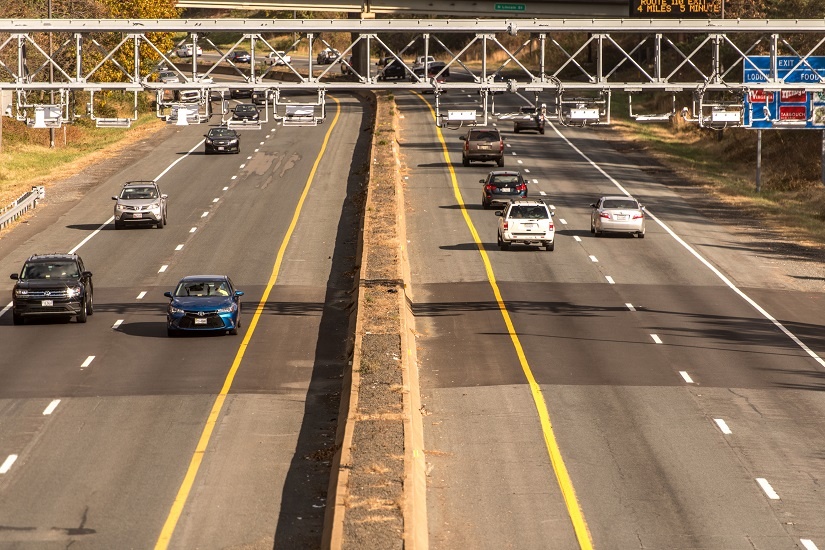A recent report published by the Virginia Department of Transportation (VDOT) highlights the volume of cars on arterial roads and alternate routes to I-66. Did these statistics prove that the commute on these roads are faster than the I-66 Express Lanes? Let’s dig deeper and answer a few questions to help us figure out the best context.

What Are Arterial Roads?
Arterial roads join major interstates or expressways. These thoroughfares are typically planned to connect sections of urban and suburban areas. Below are the arterial roads that surround the I-66 corridor:
- Route 7
- Route 29
- Route 50
- Route 123
- Route 193
Are Arterial Roads Faster?
According to the numbers released by VDOT, summarizing the first day of travel during active tolling, we know that the average traveling speed of commuters along the routes compared to the average rush hour speeds were not significantly impacted by overflow traffic from the I-66 Express Lanes. However, the numbers show a slight uptick in the amount of traffic on these roads during the eastbound a.m. commute:
| Eastbound Morning Commute Congestion | |
| Route 7 | +6% |
| Route 29 | +8% |
| Route 50 | +6% |
| Route 123 | +6% |
| Route 193 | +6% |
As you can see, the data shows there was an increase in traffic along these roads for the morning commute. Many drivers were able to navigate through the I-66 corridor without problems because there were no accidents or other unforeseeable issues that could interfere with the speed of traffic. When looking at the number of vehicles taking I-66 for the westbound commute during the p.m. commute, the following numbers reflect the amount of congestion from the vehicles on these routes.
| Westbound Evening Commute Congestion | |
| Route 7 | +5% |
| Route 29 | +11% |
| Route 50 | -6% * |
| Route 123 | -2.5% |
| Route 193 | +7% |
*Commuter avoided Route 50 on the first day because of a vehicle crash.
Are Express Lanes Faster?
Yes—the I-66 Express Lanes hold true to their name. It is faster to take the I-66 Express Lanes for your daily commute when compared to alternate routes in the I-66 corridor. On the first day of tolling, when compared to the same period in 2016, the average speed of travel increased by 21mph to 57 mph for the a.m. commute and by 10mph to 59 mph for the p.m. commute.
The goal of the I-66 Express Lanes is to make each commuter’s trip faster and more reliable. Undoubtedly, the tolls have allowed for the goal to be met and it has proven that I-66 is a fast option for vehicles traveling through the corridor.
Ready to Use I-66?
If you’re planning on taking advantage of the I-66 Express Lanes and enjoy a faster commute, make sure you’re prepared. All drivers need an E-ZPass during the active toll hours. Additionally if you plan on carpooling—and avoiding the tolls— you will need an E-ZPass Flex. Visit Commute66.com to learn more, and stay updated on current and upcoming changes to I-66.
Photo Credit: Sam Kittner/Kittner.com for Arlington Transportation Partners


